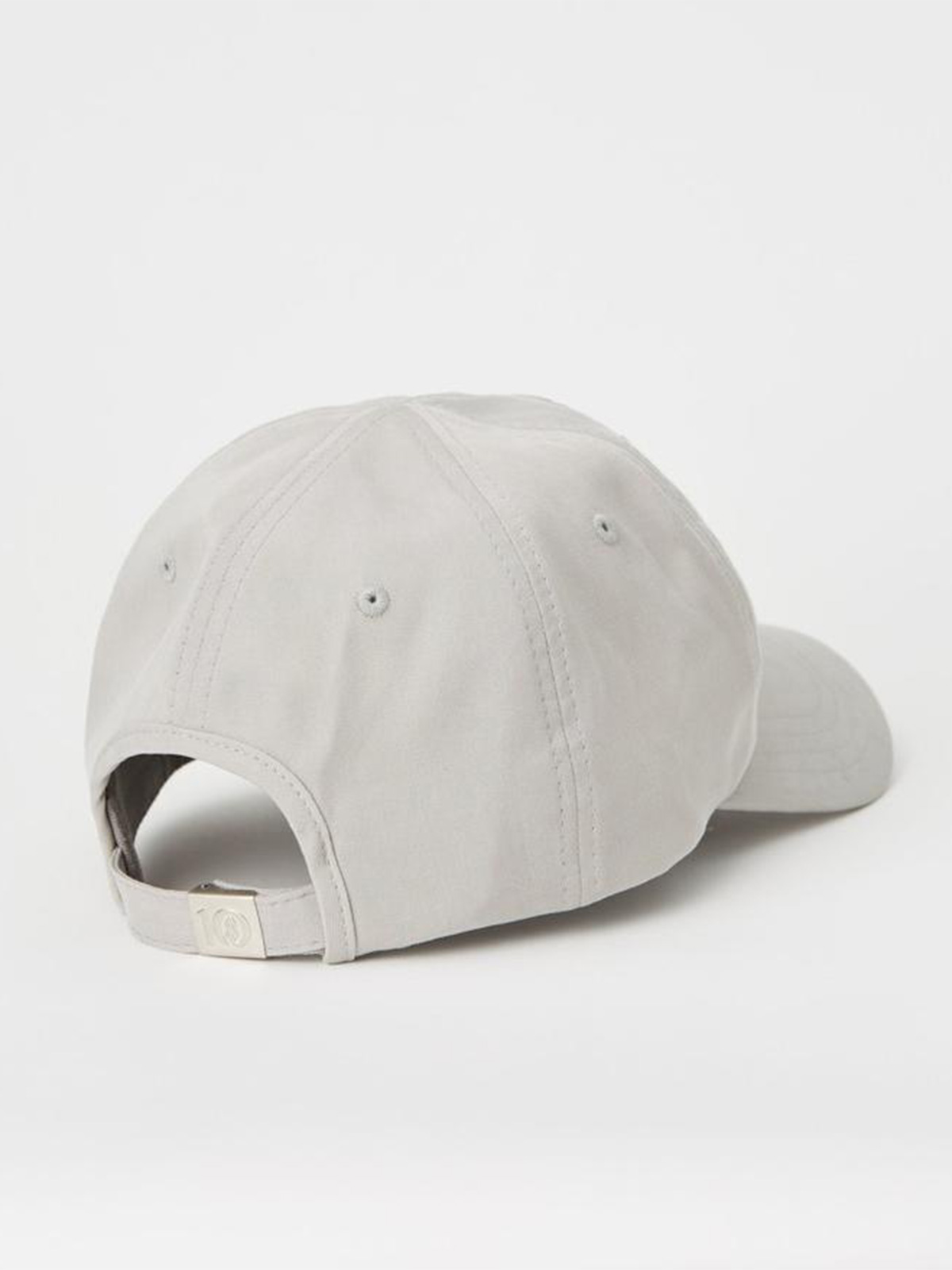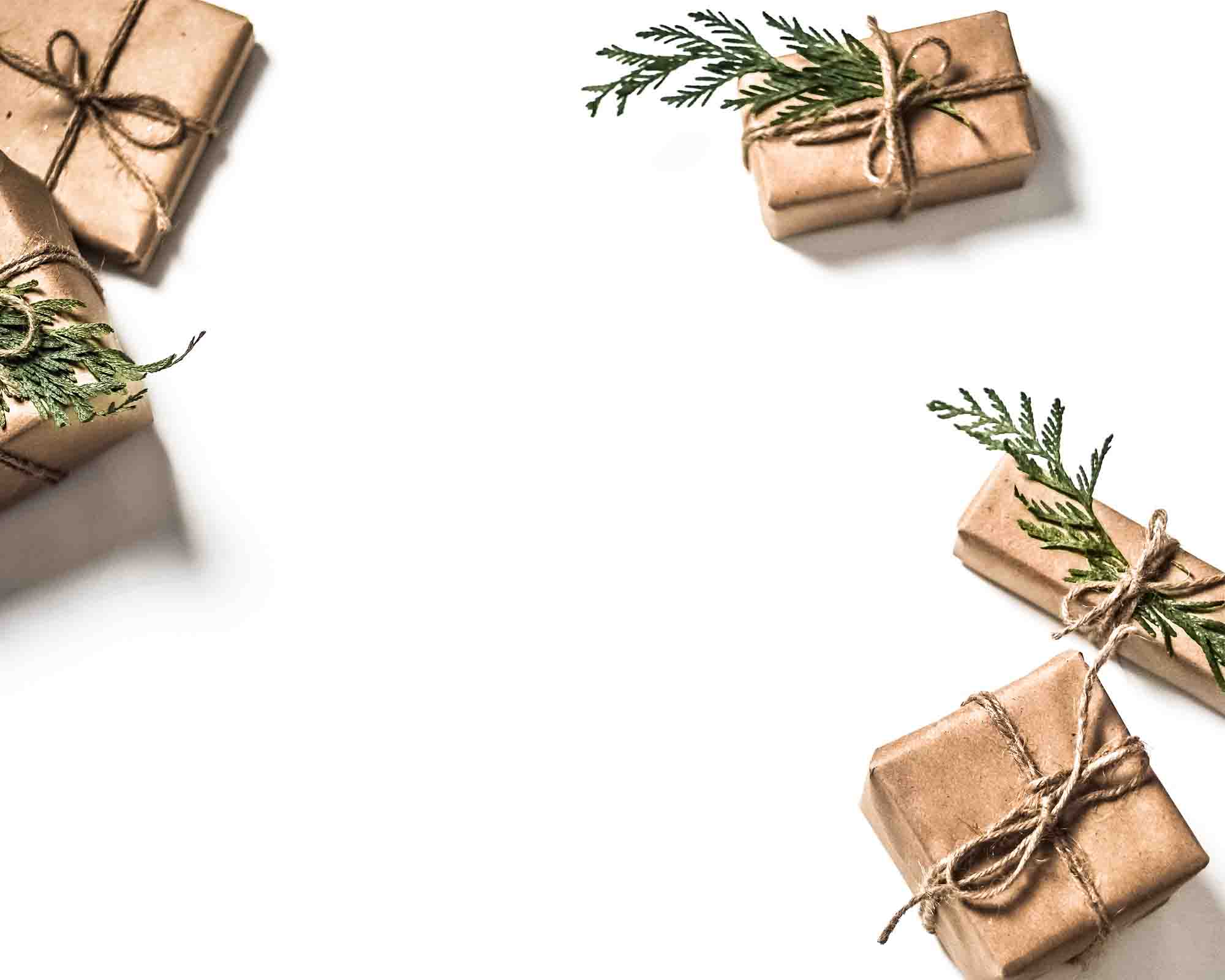If you are one of those people getting serious about reducing your waste footprint, read on for some tips and tricks and have yourself a lower-waste Christmas and holiday season this year.
Reduce your festive footprint
The holiday season is such an exciting time. Think family parties, carols, gifts, decorations, food, Mariah Carey, and Michael Bublé. But have you ever thought about the waste? In the UK in 2016, it was estimated that the equivalent of 2 million turkeys and 300,000 tonnes of card packaging was thrown away. Meanwhile, 1 in 4 Christmas jumpers are tossed after a single wear. It’s time to put on our Santa hats and rethink our festive waste with these simple tips and tricks.
Every facet of the holiday season can pose a threat to your local landfill. Things like disposable trees, cards, gift wrapping, cheap decorations, unwanted presents, and the potential for massive amounts of food waste all pile up.
On food (and food-related) waste
Most of us are going to find ourselves entertaining or visiting family this season, perhaps more than once. With family get-togethers comes lots of food, so here are a couple of things to consider and plan for to stop any food waste from getting to landfill:
- Plan your menu appropriately to avoid a fridge full of leftovers that no one wants to eat.
- If you do have leftovers, ensure that you store them in sealed containers to avoid using a whole roll of cling wrap.
- Eat your leftovers by using them as the base for your next meal.
- Compost your food scraps in a compost bin or worm farm. Check your local community garden if you don’t have your own.
- Properly recycle your food packaging where possible, and be sure not to place recyclables in your general waste bin. Check your local council’s website for information on what can and can’t be recycled in your area.
- Do your best to use reusable crockery and cutlery.
- Purchase your fresh produce from a local farmers market so you can be sure you are getting food with the lowest food miles (carbon footprint) while supporting your local economy.
Trees, decorations, cards, and wrapping
Putting up your tree is one of the special days on the festive calendar, so be as green and anti-waste as you can with these tips:
- Real or fake? According to the UK forestry commission, real trees use ten times fewer materials and five times less energy than artificial trees. And according to a 2009 study by Ellipsos in Montreal, you would have to use an artificial tree for 20 years to be more sustainable than a fresh cut tree bought once per year. Moral of the story, if you like artificial trees, keep them as long as possible and recycle them as best you can if you need to replace them. Otherwise, go for a fresh-cut tree, or even better, make one out of sticks or driftwood, use a tree from your own backyard, or buy one in a pot that you can replant later.
- We all have that box of holiday decorations in the cupboard or attic that we pull out once per year. The contents are mostly plastic, and will no doubt eventually end up in a landfill. Avoid purchasing new ones in favour of some biodegradable and inexpensive DIY options.
- Reuse your cards by cutting off the kind words and using the blank side for next year’s holidays, or check with a local kindergarten or daycare to see if they are happy to take them for arts and crafts.
- No need to purchase another twenty pack of holiday-themed wrapping paper; just use the ten rolls leftover from last year. Alternatively, use some old newspaper or cloth.
- If you don’t enjoy thinking about the masses of card packaging ending up in landfill every year, send e-cards that are just as enjoyable as real cards. No waste, no fuss.
Mindful gift-giving
What about the main event of the holidays, giving and receiving gifts? 52% of Americans surveyed admit to getting at least one unwanted gift over the holidays, according to a recent study by Finder. While 43% of people just hold on to the gifts, 35% give them to someone else, 17% sell them, and sadly, 8% throw them away. The waste footprint and environmental impact of consumer goods is enormous. When you are purchasing gifts this year, consider these tips:
- Avoid purchasing cheaply-produced and highly-packaged goods. Cheaply-produced goods have a shorter lifespan, are designed to break sooner, and are sadly destined for landfill. Look for high-quality items that’ll last a long time, and can be fixed or at least recycled if they breakdown in the future.
- Without taking the fun out of gift-giving, try and purchase things that you know for sure the recipient wants. This ensures that they aren’t left with things that are likely to be thrown out or just collect dust on the top of a cupboard. You can ask your loved one for a list of things they need and pick from there, so there is still an element of surprise.
- The holidays are often the perfect storm when it comes to purchasing the latest and greatest phones, tablets, and computers. Before you do, check out refurbished options and do your best to sell your old technology to someone else who will continue to get value from it, or drop it off at your nearest e-waste recycler and keep those precious metals and toxic chemicals out of landfill.



















